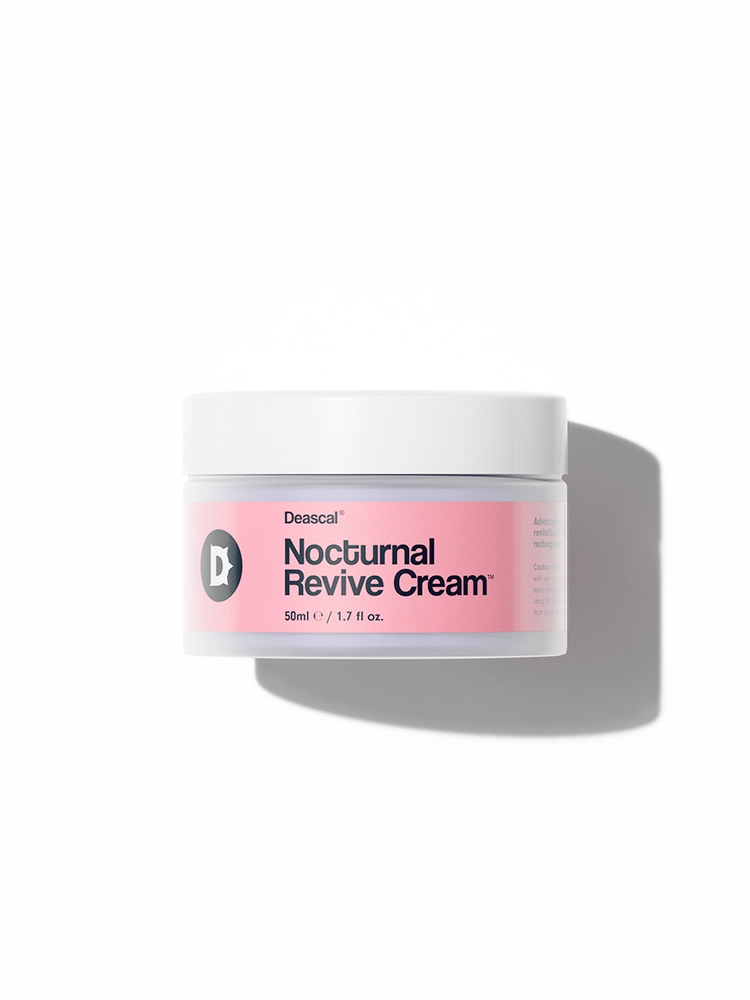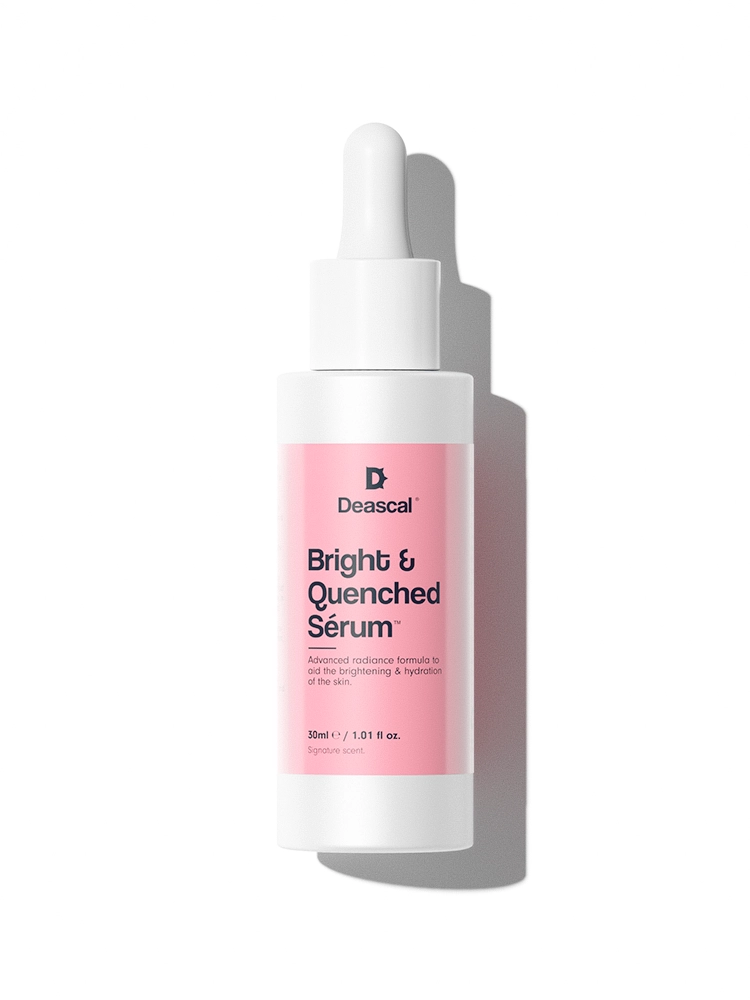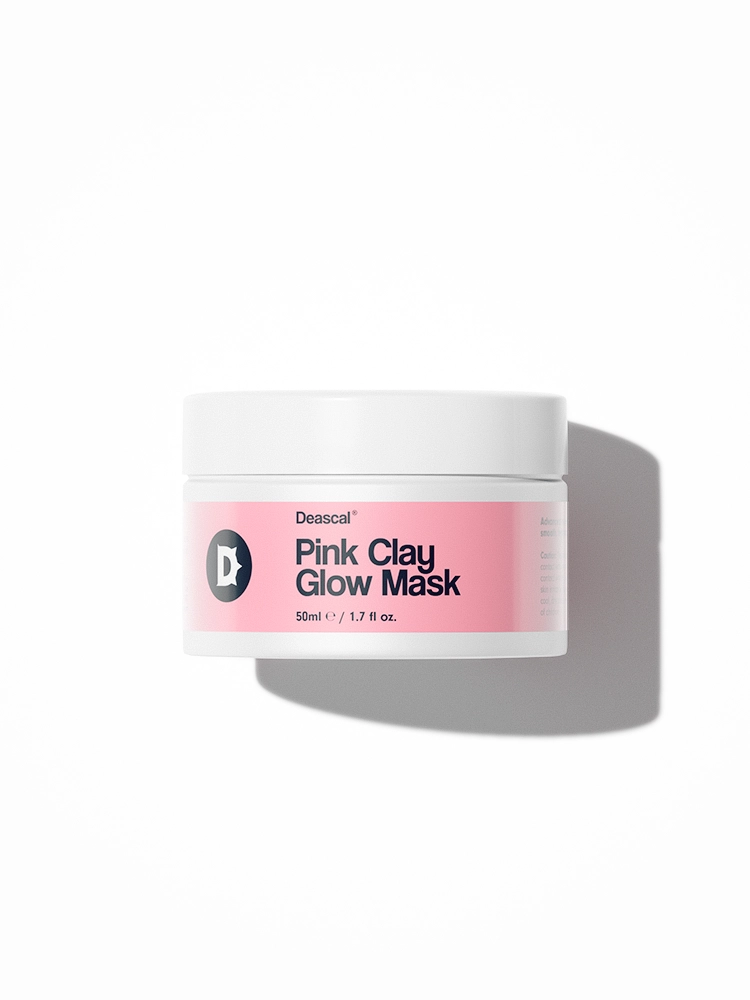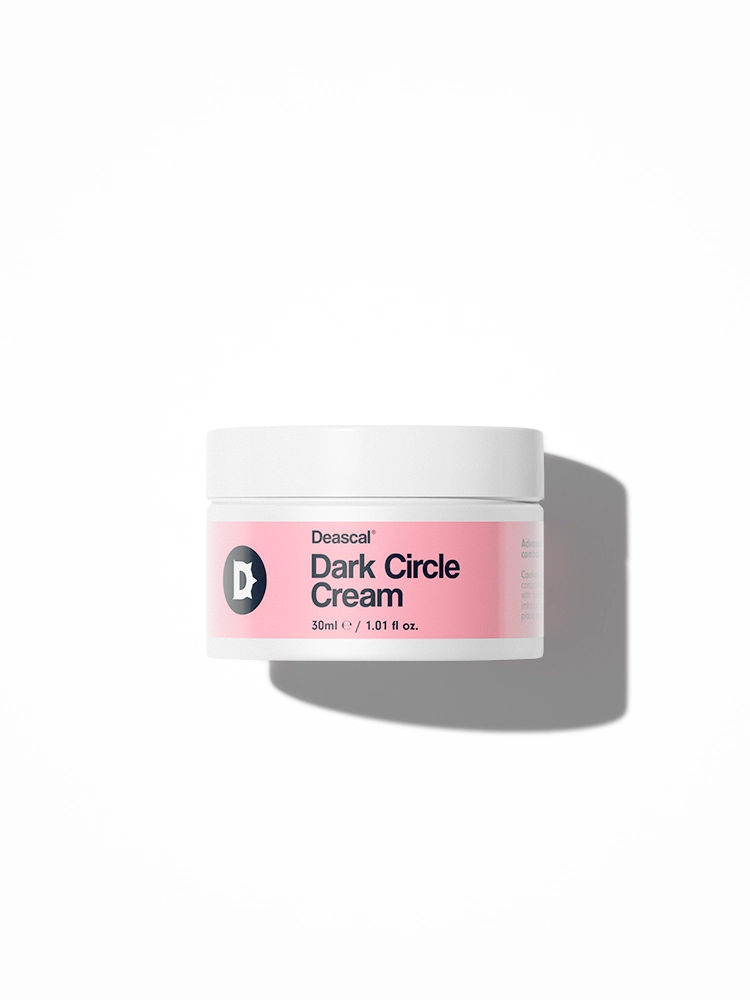Understanding Combination Skin
Combination skin is a bit like the moody teenager of skin types: sometimes it’s oily, sometimes it’s dry, and often it’s a confusing mix of both. This unique skin type typically features an oily T-zone (forehead, nose, and chin) with drier cheeks. If you’ve ever found yourself wondering why your skin can’t just pick a side, welcome to the club! Understanding combination skin is the first step in mastering how to care for it effectively.
Combination skin can be influenced by factors like genetics, hormonal changes, and even seasonal shifts. So, if your skin feels like a different story each season, you’re not imagining things! During the summer, you might notice your T-zone becoming more oily due to increased humidity and heat. Conversely, in the winter, the dry, cold air can make your cheeks feel even drier and tighter. Hormonal changes, whether from puberty, pregnancy, or menstrual cycles, can also play a significant role, often making combination skin more challenging to manage.
The key to managing combination skin lies in balancing these diverse needs without aggravating either the oily or dry areas. It requires a nuanced approach, where you might need to use different products on different parts of your face. For example, using an oil-control product on your T-zone while applying a hydrating serum on your cheeks can help keep your skin balanced.
Daily Skincare Routine for Combination Skin
Creating a skincare routine for combination skin is like juggling multiple priorities, but it can be done with a bit of finesse:
Step 1: Cleansing
Start with a gentle, foaming cleanser that removes excess oil without stripping the dry areas of their needed moisture. Look for ingredients like salicylic acid to keep the pores clean but avoid harsh sulfates that can dry out your skin. Cleansing is crucial for removing impurities, makeup, and excess oil that can clog pores, particularly in the oily T-zone. Aim to cleanse your face twice daily—once in the morning to prepare your skin for the day and once at night to remove the day’s buildup.
Step 2: Toning
Use a hydrating toner that contains ingredients like witch hazel or rose water. This helps balance the skin’s pH and provides a subtle boost of hydration without adding oil. Toning is a vital step that often gets overlooked, but it can significantly improve the texture and appearance of your skin. Apply the toner with a cotton pad, gently sweeping it over your entire face, or use your hands to pat it in. This step helps to tighten pores, remove any leftover impurities, and prep your skin for better absorption of subsequent products.
Step 3: Moisturizing
Yes, even the oily parts need moisture! Opt for a lightweight, non-comedogenic moisturizer for the T-zone and a slightly richer cream for the drier areas. Gel-based moisturizers often work wonders for combination skin as they provide hydration without heaviness. Apply the lighter moisturizer to your T-zone to keep it balanced and oil-free, while using a richer cream on your cheeks to combat dryness and ensure your skin feels comfortable and supple all day long.
Step 4: Sun Protection
Never skip the SPF. Use a broad-spectrum sunscreen with at least SPF 30. Choose a formula that is oil-free and doesn’t clog pores, so your skin stays protected without feeling greasy. Sun protection is a non-negotiable step in any skincare routine, as it shields your skin from harmful UV rays that can cause premature aging, sunburn, and even skin cancer. Make sure to reapply every two hours if you’re spending time outdoors.
Weekly Treatments
Incorporate masks and exfoliants into your routine, but be selective. Clay masks can help control oil in the T-zone, while hydrating masks are great for the cheeks. Exfoliate gently once a week to remove dead skin cells and keep your skin smooth. Look for exfoliants with ingredients like alpha hydroxy acids (AHAs) or beta hydroxy acids (BHAs) that can unclog pores and promote cell turnover without being too harsh. Use masks once or twice a week to address specific skin concerns and give your skin an extra boost.
Choosing the Right Products
The right products can make all the difference in managing combination skin. When selecting a cleanser, opt for a balanced formula that targets oil without drying out your skin. Foaming or gel cleansers are typically good bets, as they effectively cleanse without stripping moisture.
For toners, alcohol-free options are your friend. Look for hydrating and soothing ingredients that balance the skin’s pH and provide a subtle boost of hydration without adding oil.
When it comes to moisturizers, choose a non-comedogenic, oil-free product for the oily areas and a slightly richer formula for the dry spots. Gel-based moisturizers often work wonders for combination skin, providing hydration without heaviness.
Sunscreen is essential, so select a lightweight, oil-free formula that doesn’t leave a greasy residue. A broad-spectrum sunscreen with at least SPF 30 is ideal for protecting your skin from harmful UV rays.
For masks and exfoliants, choose products specifically formulated for combination skin. A dual-action mask can handle both oil control and hydration, while gentle exfoliants with ingredients like alpha hydroxy acids (AHAs) or beta hydroxy acids (BHAs) help unclog pores and promote cell turnover without being too harsh.
Common Mistakes to Avoid
Even with the best intentions, it’s easy to make mistakes when caring for combination skin. Here are a few to steer clear of:
- Over-Cleansing: It might be tempting to wash your face multiple times a day, especially when your T-zone feels oily. However, over-cleansing can strip your skin of its natural oils, leading to more dryness and, paradoxically, more oil production as your skin tries to compensate. Stick to cleansing twice a day, morning and night, to maintain a balanced complexion.
- Skipping Moisturizer: Just because parts of your face are oily doesn’t mean you can skip the moisturizer. Every skin type needs hydration, and combination skin is no exception. Using a lightweight, non-comedogenic moisturizer on oily areas and a richer cream on dry spots ensures that your entire face stays hydrated and balanced.
- Using Harsh Products: Avoid products with alcohol, sulfates, and heavy fragrances, as these can irritate both oily and dry areas. Harsh ingredients can exacerbate dryness on your cheeks and increase oil production in your T-zone. Opt for gentle, hydrating, and soothing products that cater to your skin’s dual needs.
- Neglecting Sunscreen: Combination skin still needs sun protection. Skipping sunscreen can lead to premature aging, increased sensitivity, and a host of other skin issues. Choose a broad-spectrum, lightweight, oil-free sunscreen that won’t clog pores or leave a greasy residue, and apply it every day, regardless of the weather.
- Ignoring the Signs: Pay attention to what your skin is telling you. If a product feels too harsh, causes breakouts, or leaves your skin feeling uncomfortable, it’s time to switch it up. Your skin’s needs can change with the seasons, your lifestyle, and even your diet, so being responsive and adaptable with your skincare routine is crucial. Listen to your skin and adjust your regimen accordingly to keep it healthy and balanced.




